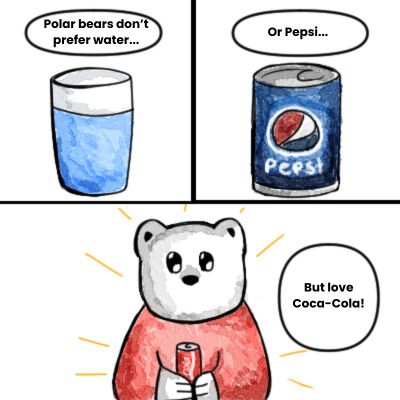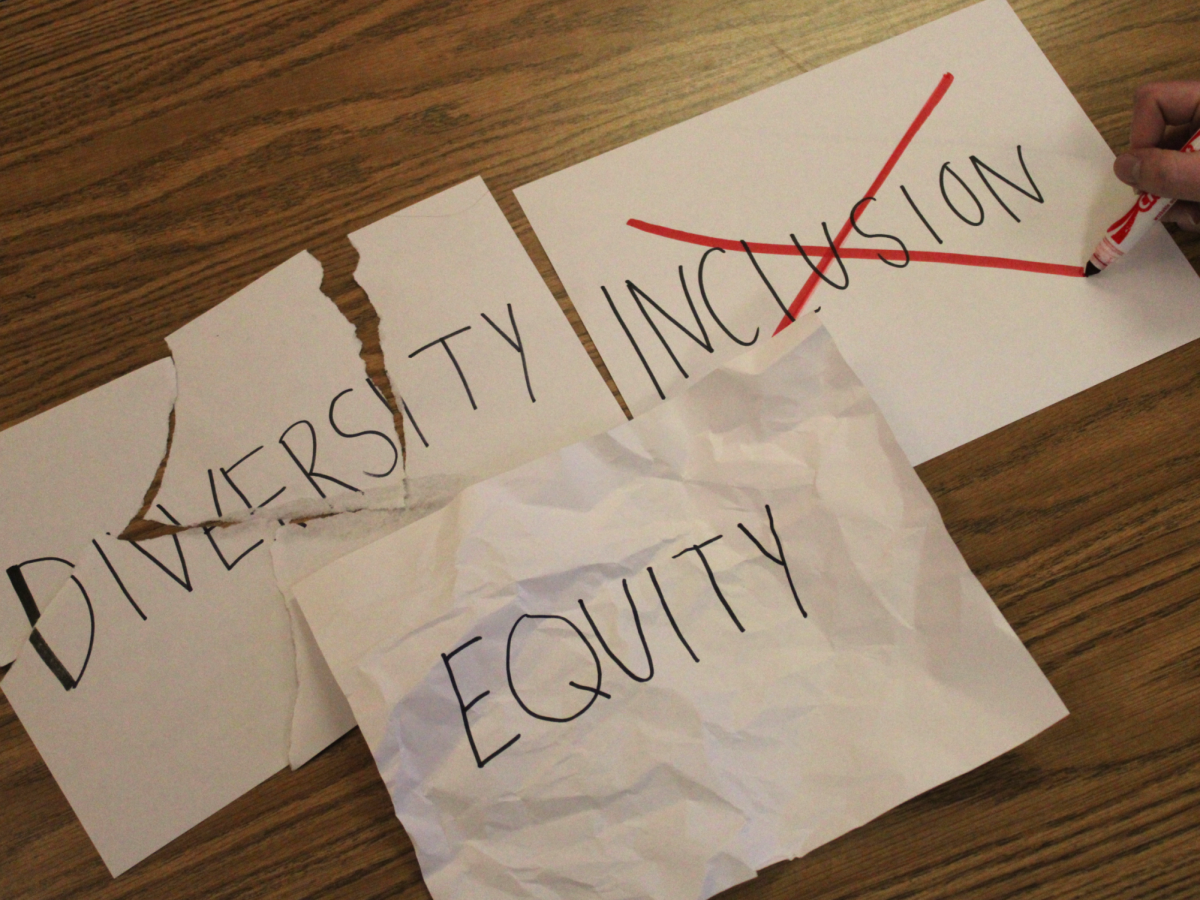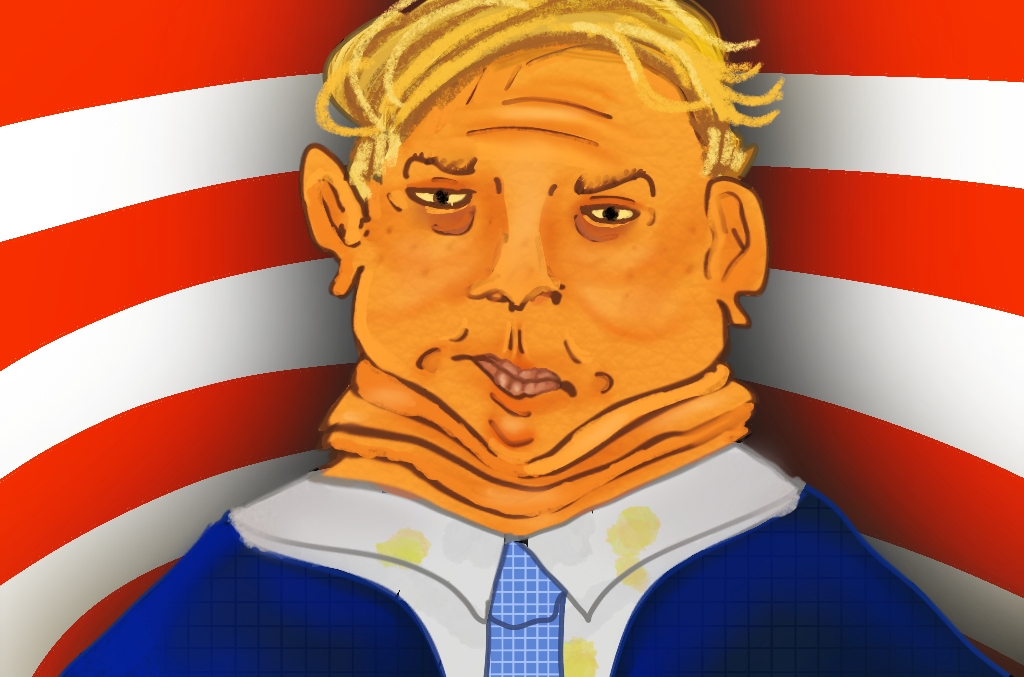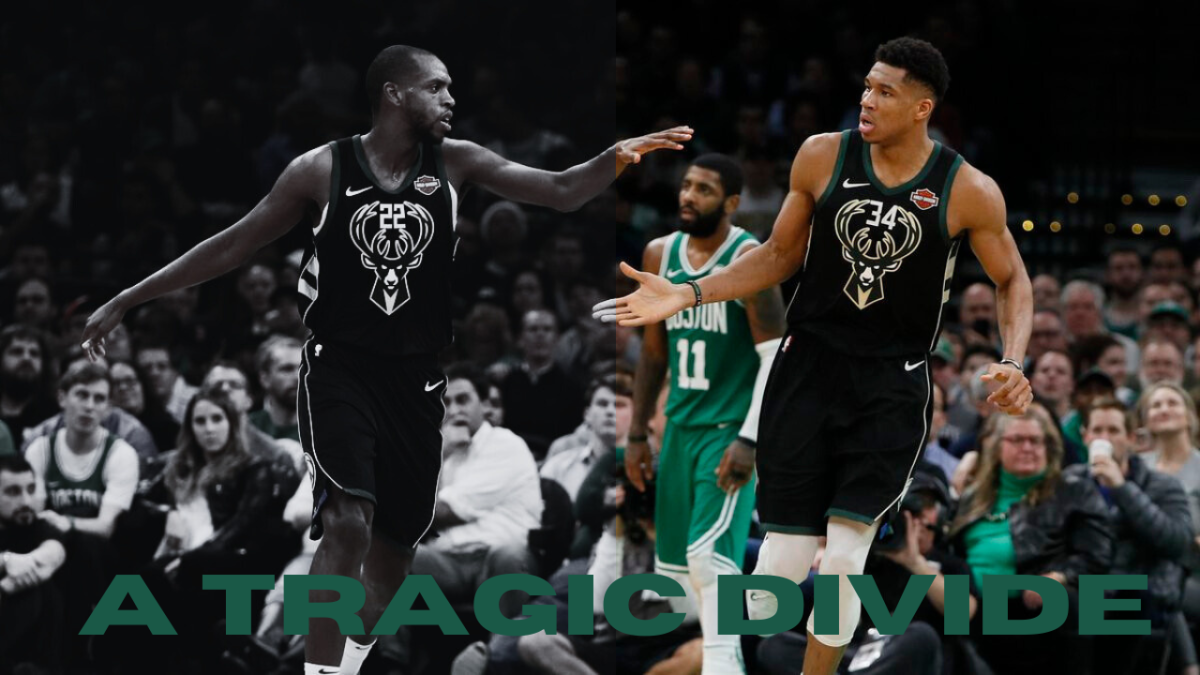The rivalry between Coca-Cola and Pepsi remains a prevailing iconic feud in the history of consumer products. This duopoly of the soft drink industry spent over a century competing for the hearts of people around the world. While a portion of people argue that Pepsi offers an effective campaign, Coca-Cola thrives as the superior beverage, not just for its flavor, but for its cultural significance, brand consistency and the emotional connection it established with consumers over time.
With advertisements dating back to 1886, Coca-Cola’s presence in American culture reigns supreme over Pepsi. Within the southern U.S., consumers commonly refer to all soft drinks as “Coke” which shows the ubiquity of the brand. Seen as symbolic of American ideals such as optimism and freedom, Coca-Cola became closely tied to American identity — especially during World War II when the Coca-Cola company shipped the drink to soldiers overseas as a morale booster. The brand’s influence even reached the Cold War, where Coca-Cola served both American and Soviet leaders, symbolizing a shared human connection beyond political divides. Extending beyond the U.S., Coca-Cola holds a unique cultural significance that grows beyond the beverage; it remains a global icon representing the forces of globalization and shared human experiences.
Coca-Cola also impacted pop culture, from defining Santa Claus’s modern image to sponsoring global events. Collaborating with major music festivals and international sports events, the brand reinforces its iconic status across generations. Coca-Cola also reaches a new high as it embarks on a journey of sustainability. With the company’s global reach, other companies may find their efforts notable and follow their lead. Coke inspires brands such as PepsiCo to shift to an advanced supportable route. Younger generations support the shift to sustainability which helps the company gain a surplus of followers from around the globe, contributing to the cultural significance of the Coke brand. As the world evolves, so does Coca-Cola’s impact on the globe, granting each continent a swirl of cultural connections worldwide.

“Coca-Cola is sold in every gas station, grocery store and venue. The drink is a global icon that tastes delicious with great marketing. The ads have always been some of my favorites, and over time, it’s fun to see how the company grows. Coke does some amazing work between the ads and flavors,” magnet junior Trey Daniels said.
The Coca-Cola brand remains a comforting constant, even over a century after its inception. The drinks embedded themselves in the everyday lives of citizens around the globe, granting the feeling of closeness and connectedness. Keeping that timeless presence means that Coca-Cola does not need to reinvent itself every decade because the drink remains ingrained as the classic cola. Its foundation represents heritage and consistency. It highlights the nostalgia and familiarity shared throughout the brand’s core. The ads continuously appeal to consumers’ comfort in the familiar red and white label, the old-fashioned glass bottles and the globally recognized script logo.
The drink lures children, teenagers and older adults, which helps it remain a constant among different generations. Within ads, the animation evolves as the years tick by, but the concept remains the same: With the warm feeling of home, the ice-cold beverages air along their snowy mascots of polar bear friends and Santa Claus. The brand’s consistency remains superior to the ever-changing Pepsi ads and logos. Using the home-felt ads, Coca-Cola captures the hearts of people worldwide, fostering a timeless feeling.
Coca-Cola ads continue to establish a thriving emotional connection with consumers. Coca-Cola boasts a history of marketing campaigns that resonate with people on a deep, emotional level. Through marketing campaigns that focus on friendship, joy and unity such as the “Share a Coke” campaign, the brand positioned itself as a universal symbol of connection, fostering the image of a drink and a worldwide cultural experience. With the campaign, Coca-Cola spurred a personal feeling that helped people seek out the bottles with their names on them. The legendary “I’d Like to Buy the World a Coke” campaign transcended mere product promotion and turned into a cultural moment, showcasing Coca-Cola as a symbol of togetherness and shared human experiences. Coca-Cola’s messaging consistently represents happiness, friendship and community.
Whether the polar bears, the Santa Claus commercials or the refreshing sound of a Coke cracking open on a hot day, Coca-Cola embedded itself into everyday life and major celebrations. Atlanta, Georgia hosts the World of Coke attraction allowing visitors to savor samples of Coke flavors from around the world. The different palates and classic colors attract Georgians and help foster that feeling of togetherness that Coca-Cola grants.
Unlike Coca-Cola’s focus on nostalgia and tradition, Pepsi’s brand strategy leverages the power of reinvention to stay relevant in a rapidly changing world. This evolution over time has manifested through celebrity endorsements from Beyoncé, Kendall Jenner and Michael Jackson and kept the company relevant. Pepsi could never equally contribute to the soft drink world without these endorsements. However, the effectiveness of these ads remains limited as they can only air for around 60 days and contribute to sales. Trends change daily and can put the company behind if the target demographic finds the advertisement too “cringy.”
“The Pepsi flavor is more original than the Coke flavor which seems to have a tiring taste after a while. The advertising is better with huge celebrity endorsements. With both good campaigns and a better flavor, Pepsi remains my favorite,” magnet junior Idong Okpok said.
In the battle between Coca-Cola and Pepsi, Coca-Cola stands head and shoulders above its rival. Its emotional resonance, brand consistency and global significance mold a label that soars above others. Coca-Cola does not represent a product; the drink resembles a symbol of tradition, connection and enduring quality. While Pepsi may appeal to current trends, Coca-Cola utilizes a consistently praised campaign that contributes to its superiority.
The rivalry between Coca-Cola and Pepsi runs beyond a taste preference, but a competition of brand loyalty. Coca-Cola solidified itself as not only a beverage but a symbol of tradition and unity that crosses generations and cultures. While Pepsi may capture moments with celebrity-driven, trend-focused campaigns, Coca-Cola’s timeless appeal and consistent branding evoke a sense of nostalgia and emotional connection that stands above the ever-changing fads. Ultimately, Coca-Cola’s legacy and global impact underscore its status as the definitive choice in the soft drink showdown, solidifying its place as the true icon in the industry.













